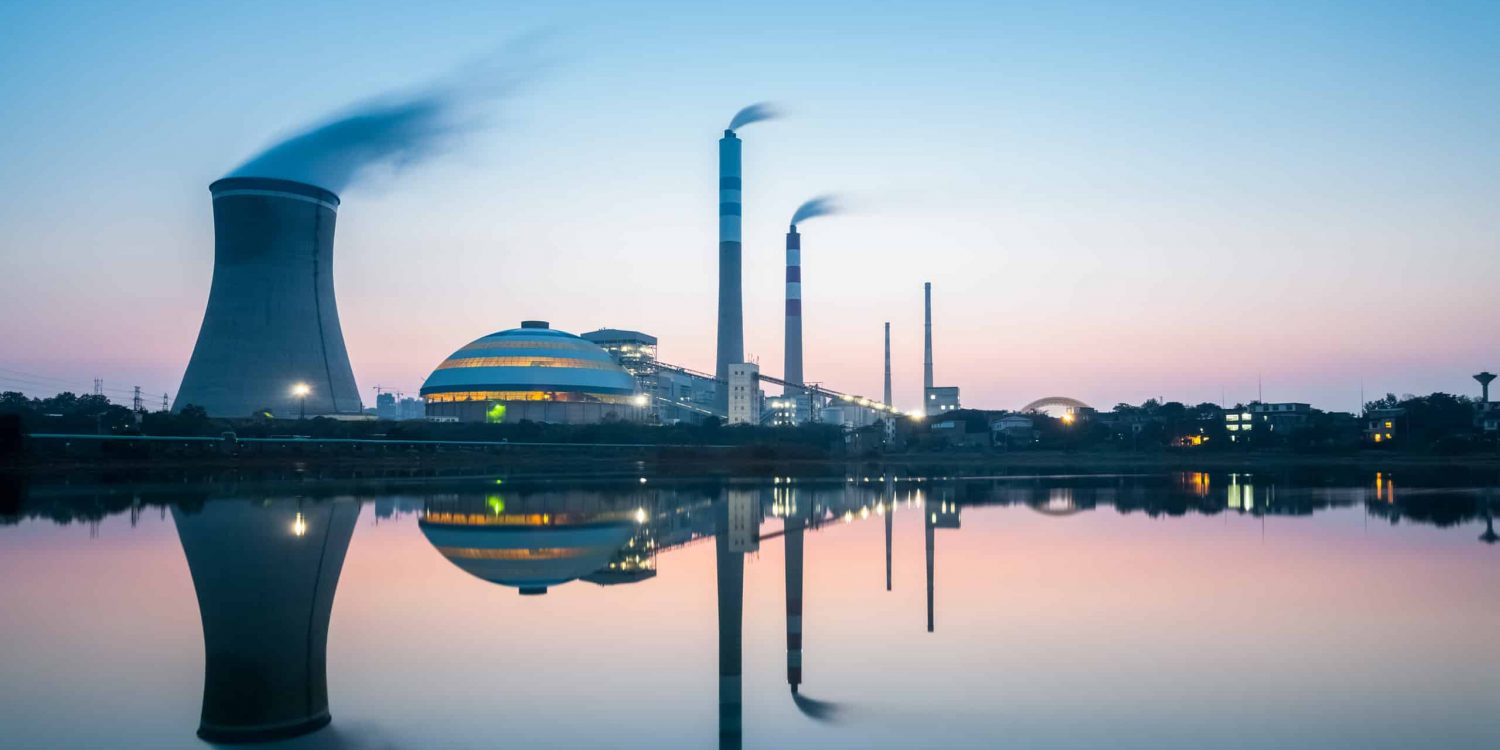Metal Organic Framworks
Metal–organic frameworks (MOFs) are a class of porous hybrid materials composed of metal clusturs interconnected by organic linkers. Since the 1990s, this material have emerged as an extensive class of crystalline materials with ultrahigh porosity and enormous internal surface areas. These properties, together with the extraordinary degree of variability for both the organic and inorganic components of their structures, make MOFs of interest for potential applications in clean energy, most significantly as storage media for gases such as hydrogen and methane, and as high-capacity adsorbents to meet various separation needs. Additional applications in membranes, thin- film devices, catalysis, and biomedical imaging are increasingly gaining importance. Find our dedicated ligands for MOFs in our catalogue.
Storage Media
Metal-organic frameworks (MOFs) have been investigated as potential storage media for various gases, including hydrogen, methane, carbon dioxide, and even toxic gases such as sulfur dioxide. The high porosity and surface area of MOFs provide ample space for gas molecules to be adsorbed and stored within their structure.
In the case of hydrogen storage, MOFs have been shown to have higher storage capacities than traditional storage methods, such as compressed or liquefied hydrogen. This is due to the fact that MOFs can store hydrogen at room temperature and pressure, which makes them safer and more practical for use in fuel cell vehicles.
In addition to gas storage, MOFs have also been explored for their potential as energy storage materials. They can be functionalized with redox-active sites that allow them to store and release electrical charge, making them suitable for use in batteries and supercapacitors.
Overall, MOFs have great potential as storage media due to their high surface area, tunable structure, and ability to store gases and electrical charge.
Water Harvesting
The water harvesting effect with MOFs involves the ability of these materials to selectively capture and store water molecules from the air. MOFs are a class of porous materials with high surface area and tunable pore size, which makes them suitable for a wide range of applications, including water harvesting.
MOFs can be functionalized with specific chemical groups that attract water molecules, allowing them to selectively capture and retain water vapor. This can be achieved by adjusting the chemical composition and pore structure of the MOF material to optimize water uptake.
One of the advantages of using MOFs for water harvesting is their ability to operate in a wide range of environmental conditions, including low humidity and high temperature. This makes them suitable for use in arid and semi-arid regions, where water scarcity is a major issue.
Water harvested from MOFs can be used for a variety of applications, such as agriculture, drinking water, and industrial processes. This can help to alleviate water shortages in regions where access to clean and reliable water is limited.
Overall, the water harvesting effect with MOFs is a promising approach for addressing the global water crisis, and research in this area continues to advance the development of new and more efficient MOF materials for water capture and storage.
Gas Capture
Metal Organic Frameworks (MOFs) are highly porous materials that can be tailored to selectively capture gases. The unique structure of MOFs, consisting of metal nodes connected by organic linkers, creates a large surface area with tunable pore size and chemistry, which can be optimized for gas adsorption.
One of the most promising applications of MOFs is their use as gas capture apparatus, which involves the selective capture and storage of gases such as carbon dioxide, methane, and hydrogen. MOFs can be functionalized with chemical groups that have a high affinity for specific gases, allowing them to capture and store these gases in a highly efficient manner.
MOFs are being researched as potential solutions for carbon capture and storage (CCS), which involves the removal and sequestration of carbon dioxide from industrial processes such as power generation. By selectively capturing carbon dioxide using MOFs, this gas can be stored in a more secure and environmentally friendly manner.
Overall, MOFs have the potential to revolutionize the way we capture, store, and utilize gases. Research in this area continues to advance the development of new and improved MOF materials for gas capture and storage applications.
Catalysis
Metal-organic frameworks (MOFs) are highly porous materials that have shown great potential as catalysts in various chemical reactions. The unique properties of MOFs, including high surface area, tunable pore size, and active metal sites, make them attractive candidates for catalytic applications. MOFs can be used in heterogeneous catalysis, where the reactants are in a different phase from the catalyst, or in homogeneous catalysis, where the catalyst and reactants are in the same phase. MOFs have been used as catalysts in a variety of reactions, including hydrogenation, oxidation, and carbon-carbon coupling reactions, among others. MOFs offer advantages over traditional catalysts, including improved selectivity and recyclability, making them an attractive option for industrial applications.

METAL ORGANIC FRAMEWORKS (MOFs)
Metal–organic frameworks (MOFs) are a class of porous hybrid materials composed of metal clusturs interconnected by organic linkers. Since the 1990s, this material have emerged as an extensive class of crystalline materials with ultrahigh porosity and enormous internal surface areas. These properties, together with the extraordinary degree of variability for both the organic and inorganic components of their structures, make MOFs of interest for potential applications in clean energy, most significantly as storage media for gases such as hydrogen and methane, and as high-capacity adsorbents to meet various separation needs. Additional applications in membranes, thin- film devices, catalysis, and biomedical imaging are increasingly gaining importance.

Energy Storage with MOFs
MOFs for Catalysis
MOFs for Gas Capture
SiKÉMIA is involved in H2020 MOF4Air Project
https://www.mof4air.eu/?lang=fr
Your MOFs Partner
Taking MOFs technology from laboratory to pilot scale remains a big challenge for most of the discovered structures. Besides reaction systems and synthetic approach, the availability of organic linkers at large scale still problematic. To date, of a thousand of known MOFs linkers only a few appers to be commercialy available at kilogram scale.
To bring your project to fruition, Sikémia’s team will support you from the early stage of your project by:
- •Offering you a wide range of MOFs linkers at laboratory scale.
- •Making grate efforts to innovate and find the best synhetic approache for any custom linkers.
- •Upscaling and optimazing of a synthetic route leading to a pure linkers at kilogram scale.


